On October 24, 2023, Patrick Zhong, the Founding Managing Partner of M31 Capital, participated as a panelist on the opening day of the 7th Edition of the Future Investment Initiative (“FII”) held in Riyadh, Saudi Arabia. The discussion, titled “What Moves Capital in a Deconstructed World?” saw Patrick sharing his distinct insights on the movement of capital and investment prospects in the midst of the profound paradigm shifts associated with deglobalization.
The deconstruction of global integration is unmasking the new reality of tomorrow’s geoeconomics, as nations navigate the tumultuous currents of a changing world paradigm. Amidst this reshaping, the sketch of Geoeconomic Fragmentation (GEF) is emerging – a trend evidencing the strategic retreat of nations into the sanctuary of self-reliance, galvanized by security imperatives, strategic economic rivalries, and populist economic policies, as gleaned from the IMF’s January 2023 report. In the wake of this shift, it is imperative for policymakers and business leaders to strike the balance between the quest for autonomy and the necessities of mutual interdependence, without inflicting excessive economic costs, and jeopardizing global endeavors like climate and pandemic response.
Joining on stage were panelists Nicolas Aguzin, CEO of Hong Kong Exchanges; Karim Awad, Group CEO and Chairman of EFG Holding; Eric Cantor, former US House Majority Leader; and Lori Heinel, Chief Investment Officer of State Street, with more than $4 trillion of asset under management.

Below are key takeaways from the respective panelists.
What Moves Capital Today
Nicolas Aguzin
-
Despite the observed impact of a shifting world towards deconstruction or decoupling, efforts are directed towards mitigating this trend. The narrative is evolving from decoupling to derisking and exploring alternative avenues.
-
Examining global investment trends reveals emerging corridors of influence. Notably, the Middle East, particularly Saudi Arabia, is assuming a more prominent role in its interactions with Asia. Illustratively, among the ten largest Sovereign wealth funds in the Middle East managing $4 trillion, a modest percentage is currently invested in China. However, there is a public expression of interest in increasing this investment. A rapidly developing corridor is observed between Asia, the Middle East, and Latin America, evident in the expanding connections, as seen in initiatives like the expansion of BRICS countries.
-
Contrary to the notion of China closing itself off, a different perspective emerges from Hong Kong, where Nicolas is based. The observed trend is one of sustained activity and flow, challenging the prevailing belief in China’s increasing isolation.
Views on China’s Economics and Entrepreneurs
Patrick Zhong
-
In this cost-intensive environment, Zhong advocates for a focus on innovation and efficiency gains as a solution. Emphasizing the critical role of tools and organizational methods, he cites examples like Tesla, Amazon, Alibaba, and Tencent as companies contributing to global efficiency. Reflecting on Chinese private companies, Zhong notes a significant transformation over the past 30 years, praising the emergence of competitive, privately-owned teams in various fields.
-
Expressing a preference for supporting entrepreneurs, Zhong underscores the need for global collaboration among entrepreneurs to address key challenges. He points out the absence of effective communication between entrepreneurs worldwide and advocates for initiatives like those of Eric and Gucho in promoting entrepreneurship on a global scale. Zhong aligns with the American ethos of supporting businesses and emphasizes the importance of entrepreneurs taking center stage and driving innovation.
How the US Government Impacts Capital Flow
Eric Cantor:
-
Drawing from his extensive political background of nearly 25 years before transitioning to Wall Street with Moelis, Eric highlighted the significant impact of government actions on capital flow. During his leadership in Congress, the approach was to create conditions for growth in capital formation, jobs, and wealth. However, recent years have seen political shocks, a health crisis, and resulting economic turmoil, prompting intervention by powerful central banks and a consequential monetary shift.
-
Eric observes a shift in the interconnected world’s dynamics, where supply chains, once dependent on certain countries, are now viewed differently. In response, there has been a notable change in Washington’s stance, marked by the implementation of substantial industrial policies, a departure from previous administrations. The most prominent aspect of this policy is the Inflation Reduction Act (IRA), directing significant funds—though Cantor questions its efficacy in controlling inflation—towards areas like climate change to expedite energy conversion.
-
He notes the uncertainty surrounding the effectiveness of these measures and acknowledges the potential for a political shift in upcoming elections. With national elections every four years, including in 2024, the current focus of Congress and the government is on influencing capital flow to address global goals of achieving zero carbon or net zero carbon, which may face resistance within the United States.
How Geopolitics are Hurting Global Capital Flow
Lori Heinel
-
Geopolitical factors have historically shaped capital flows, with colonialization being a long-standing influence. The previous belief in cost reduction through outsourcing and globalization, a post-World War II trend, is now giving way to deglobalization evident in declining global trade flows.
-
Lori Heinel emphasized the dual nature of government involvement, citing examples like the IRA and the CHIPS Act in the U.S., which can both spawn innovation and growth. However, uncertainties arise, as seen in the financial and goods markets during U.S.-China tariff disputes. The challenge lies in the current environment’s instability, hindering companies’ ability to plan for long-term capital projects. With an unpredictable political landscape, capital allocators may increasingly adopt shorter-term payoff horizons, potentially leading to suboptimal decision-making.
-
The competition between the two superpowers, the U.S. and China, is evolving from a cooperative to a strategic rivalry. This shift poses significant implications, notably the pressure on others to align with one side, leading to global division and regional alliances breaking apart. The absence of collaboration between these major powers hinders the potential for synergy and innovative solutions. An example cited is the fragmented approach to COVID vaccination development, where disparate efforts emerged instead of a united, global solution. This shift from cooperation to rivalry is seen as detrimental for all parties involved.

Challenges that Innovation and Entrepreneurs Face Today
Patrick Zhong
-
Entrepreneurs globally face a common challenge – the lack of capital in their respective regions. European entrepreneurs express a belief that funding is scarce in Europe, with opportunities lying in China and the U.S. Similarly, Chinese entrepreneurs feel the availability of capital is limited domestically, possibly more abundant in the U.S. On the other hand, U.S. entrepreneurs, aside from AI, find it challenging to secure funding within the country.
-
The root issue identified is a scarcity of risk capital worldwide. Despite substantial money held in savings accounts, the surge in the 10-year yield, exceeding 5%, points to a broader challenge. Distinguishing between money and capital, where the latter’s purpose lies in generating velocity and value, is crucial. However, with rising inflation and high yields for debt instruments, the pool of risk capital has significantly diminished, posing a fundamental challenge globally.
-
To address this challenge and reduce costs, a call for collaborative efforts is made. The argument extends beyond the cyclical trends of globalization or deglobalization. The essence of going global lies in cost reduction, making innovation more economically viable, and attracting financial backing. The central issue remains that, despite a highly talented generation of entrepreneurs, the struggle to secure capital persists, presenting a pervasive problem.
Eric Cantor
-
The relationship between capital and innovation is reciprocal — capital chases good innovation, and innovation itself requires capital. The Kingdom of Saudi Arabia serves as an example where a focus on innovation has become a magnet for capital. The positive vision for the future in Saudi Arabia is a driving force that appeals to investors.
-
Acknowledging the complexities of the current global landscape, Eric highlighted challenges such as protectionism and tariffs. Despite these impediments, the allure of innovation remains a potent force. In the U.S., there is a notable emphasis on universities and academic centers as sources of seed capital. This investment is crucial for nurturing innovation, allowing societies to address complex challenges effectively.
Lori Heinel
-
From a perspective aligned with free-market capitalism, any force that contributes to the deconstruction of the world is viewed as friction and, consequently, detrimental. This includes factors such as government interventions or shifts in consumer preferences. The overarching consequence is an increase in overall costs, leading to inflation. Furthermore, this dynamic results in more pronounced winners and losers, with even the winners achieving comparatively less substantial gains.
-
While the sentiment suggests that capital will continue to pursue innovation and opportunities, the associated risks are heightened. The threshold for acceptable returns becomes more demanding, and the overall volume of capital invested is anticipated to decrease. In essence, the landscape becomes characterized by increased risk levels, higher return expectations, and a more cautious approach to capital deployment.





